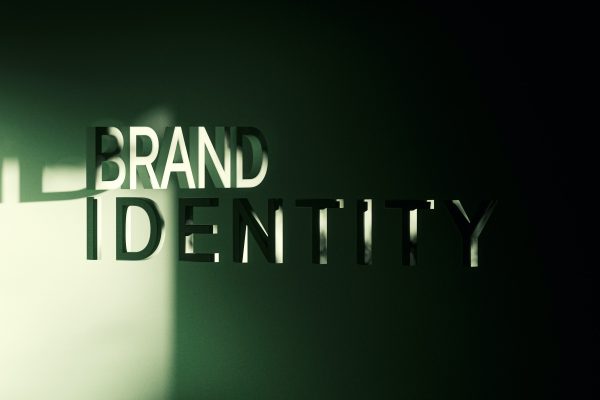
Many people consider their company brand just to be their logo, however, in reality your brand identity is much more. A successful brand combines a colour theme, a typographic theme and a graphic visual (usually referred to as a logo, a marque or icon), but they should all work together to convey a message that is communicated in a specific tone-of-voice to appeal to the desired target audience.
Often a brand can be aided by a strap-line, or even a series of statements that encompass the emotional aspects of your brand (think Nike with “Just do it”, or Tesco and “Every little helps”). These addendums to an identity will help communicate what your brand stands for – e.g. quality, value, positivity, exclusivity, affordability, convenience etc. – and this will appeal on an emotional level to the consumer.
Ideally, your brand will build momentum over time, so constant repetition in your marketing of your colour themes, iconography, typography, strap-lines and logo will all help achieve this. For example, if we see a particular bottle shape in red, we are highly likely to think “Coca Cola” – this is without the word or the logo being used at all. Similarly if you hear the phrase “Snap Crackle Pop” you are already seeing a carton of Rice Crispies in your minds eye.
Brands can build huge loyalty amongst their customers, Apple only needs to hint at the release of a new product and their followers are queuing up to know more. It’s not just businesses or product brands that work this way, imagine what flag makes people feel, or the colours of a sports team – these are powerful tools in communicating messages.
If you are about to embark on a rebrand, consider “evolution” not “revolution”. Small changes in a new identity design will help move it forward but without losing that crucial familiarity that has helped build the brand this far. If you are creating a new brand from scratch, try to think what your customers would expect from your service/product – why not ask them, after all it is their opinion that counts. If you offer an affordable, mass-market product, don’t create a brand that looks too exclusive or luxurious (and vice-versa of course). Also, consider your brand name – is it in keeping with the language of your target audience, is it geographically restricting or is it too specific which may cause issues later? Try to remove your own ego from the process.
A brand is a tool with clear tasks to perform and not a work of art that should be admired for its aesthetic appeal alone. Never assume your opinion is the only one that counts – if you are not the target audience, then perhaps your opinion carries little weight. Market test some designs, names and slogans, see what your potential audience think and listen to their feedback. I often say that it really doesn’t matter if I like a logo design that I create – so long as it appeals to the target audience, then I consider it to be a successful solution. Don’t think “do I like it?”, instead try to think “does it work?”
